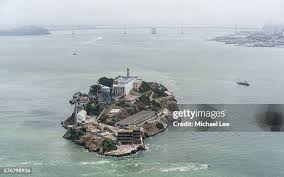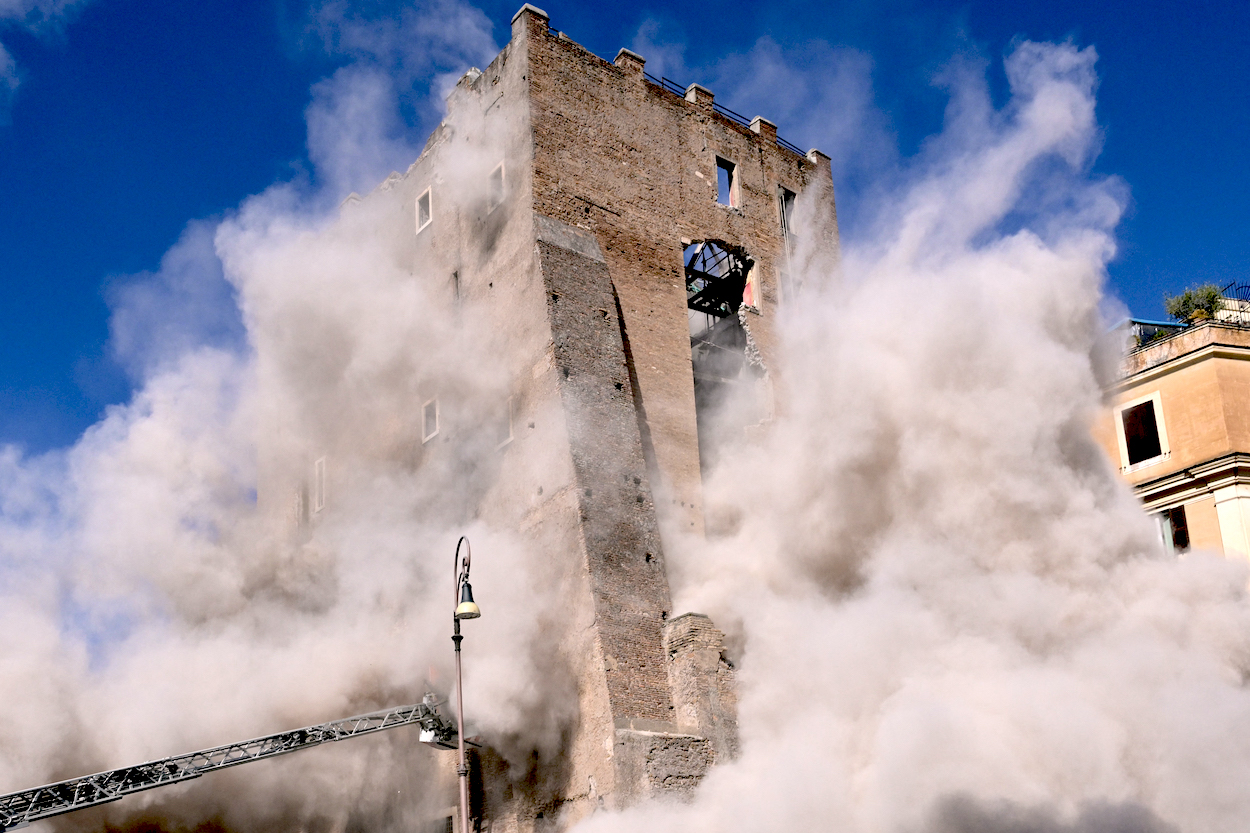
Introduction
Alcatraz, often referred to as ‘The Rock,’ stands as one of the most infamous federal prisons in American history. Located on Alcatraz Island in San Francisco Bay, this maximum-security facility operated from 1934 until 1963. Its reputation for harsh conditions and notorious inmates, including Al Capone and Robert Stroud, has cemented its place in popular culture and criminal lore. Understanding the legacy of Alcatraz is crucial not only for its historical significance but also for its impact on the criminal justice system and societal views on rehabilitation and punishment.
Historical Significance
Alcatraz was originally built as a military fortress in the 1850s, but it was transformed into a federal prison in the early 20th century. Its isolated location made it ideal for housing some of America’s most dangerous criminals. The prison was designed to hold inmates who were continually disruptive in other facilities. Over its nearly 30 years of operation, Alcatraz housed a total of 1,576 inmates, including several notorious mobsters. The prison’s strict regimen and unforgiving environment created a fearsome reputation.
Infamous Inmates and Escapes
Among the many notable figures incarcerated at Alcatraz was Al Capone, who spent nearly five years there for tax evasion. His time at Alcatraz was not without its comforts; he was allowed to play music in the prison band and lived relatively well compared to other inmates. Another infamous inmate was Robert Stroud, known as the ‘Birdman of Alcatraz,’ who gained popularity for his avian rehabilitation efforts.
Despite its security, Alcatraz witnessed several escape attempts. The most famous escape occurred in June 1962, when inmates Frank Morris and brothers John and Clarence Anglin managed to escape using makeshift tools and a raft. The escape became a thrilling tale of ingenuity, although it remains unknown whether they survived the treacherous waters of the bay.
Decline and Closure
Due to the high maintenance costs and the deteriorating infrastructure of the island, Alcatraz was closed in 1963, with the federal government determining that it was no longer feasible to operate. The site was abandoned until the National Park Service took control in the 1970s, opening it to the public as a historic site.
Conclusion
Today, Alcatraz Island serves as a poignant reminder of the complexities of justice and punishment in America. It attracts approximately 1.5 million visitors each year, where they can explore its storied past and reflect on its legacy. The narratives constructed around Alcatraz continue to fascinate and inform discussions on incarceration and rehabilitation in contemporary society. As we move forward, the lessons learned from Alcatraz remain relevant, illustrating the importance of addressing the human aspect of justice in an ever-evolving system.
You may also like

Tragic Collapse of Medieval Tower in Rome

The Life and Legacy of Jackie Kennedy
